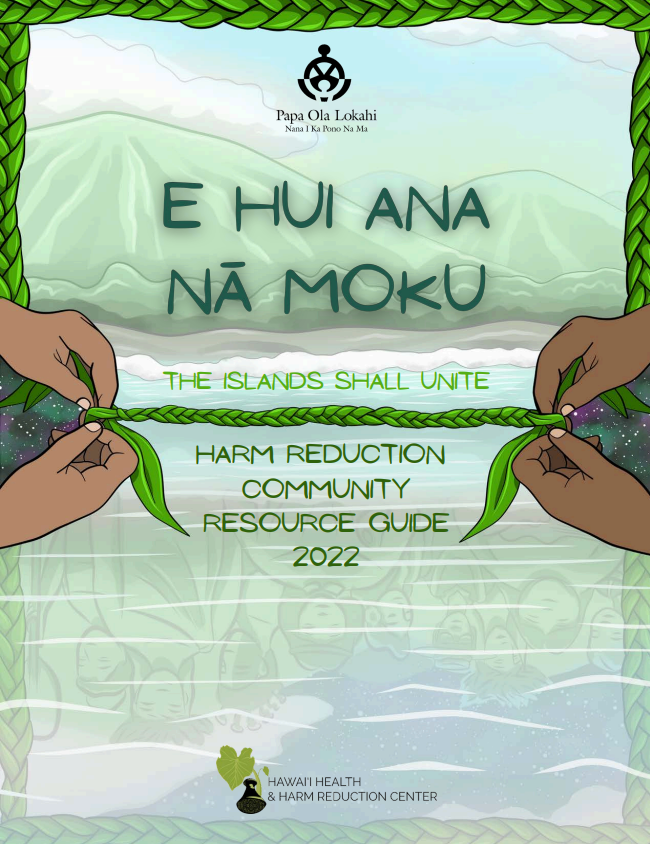Papa Ola Lōkahi and Hawaiʻi Health & Harm Reduction Center (H3RC) have released a harm reduction toolkit for Native Hawaiian communities. This approach to harm reduction focuses on developing a community understanding of harm reduction, reducing the harms caused by colonization in Hawaiʻi, and introducing a cultural approach to reducing harm and promoting healing.
click above to download resource guide
RESOURCES
- Harm Reduction Toolkit for Native Hawaiian Communities, October 2022
- Webinar recording, April 2023. This program is approved by the National Association of Social Workers – Hawai’i Chapter (Approval HI62792023-36) and the State of Hawaii Department of Health’s Alcohol and Drug Abuse Division (Approval# ADAD-23-118 ) for up to 2 contact hours
Papa Ola Lōkahi and Hawaiʻi Health & Harm Reduction Center (H3RC) have released a harm reduction toolkit for Native Hawaiian communities. This approach to harm reduction focuses on developing a community understanding of harm reduction, reducing the harms caused by colonization in Hawaiʻi, and introducing a cultural approach to reducing harm and promoting healing.
Common examples of western harm reduction in substance use include safer supplies, medical treatments such as naloxone, peer support, education, expanded medication-assisted treatment, and housing options. In addition to providing essential services and supplies, harm reduction in Hawaiʻi includes the attitudes, actions, and understandings kānaka, ʻohana, community members, and health care service providers. It is also acknowledges the harmful impacts of colonization, while creating space for healing conversations, culture, and connections.
Western harm reduction models focus on behavioral risks. An Indigenous approach requires addressing the systemic inequities and racism that have caused harm in our communities. Historical and ongoing racism, inter-generational trauma, colonialism, and barriers to accessing health care and social services are some of the root causes of substance use and addiction.
Hoʻi i ka Piko ~ Harm reduction through a kānaka lens embraces returning to the source. It is a process to elevate Hawaiian ways of knowing and being, which are strongly connected to (w)holism, spirituality, and relationship to ʻāina.
According to FNHA, “It recognizes that culture is a medicine that can help us heal and calls for us to look at ways that everyone can participate in culture, whether or not they are using substances. In exploring culture as a strength, a source of resilience, a way to connect, and as medicine, we must consider how we can include people who use substances within our work by increasing access to culture.”
This will look different as every community has unique cultures and traditions. The toolkit contains sections on cultural healing, dispelling myths, kūpuna and opioids, ʻōpio and substances, and more.
Culture and building wellness should be accessible to all kānaka, regardless of whether they use substances. These practices are vital to keep those we care about safe.
H3RC funded the project with illustrations by local Native Hawaiian artist Kimo Apaka. The toolkit was developed through ongoing conversations with First Nations Health Authority (FNHA) and Native Hawaiian communities throughout Hawaiʻi about the current concerns, strengths, and needs regarding substance use, harm reduction, and cultural healing. There emerged the need to create culturally responsive materials for communities that acknowledge historical trauma while uplifting the cultural strengths of the lāhui.
Program Staff
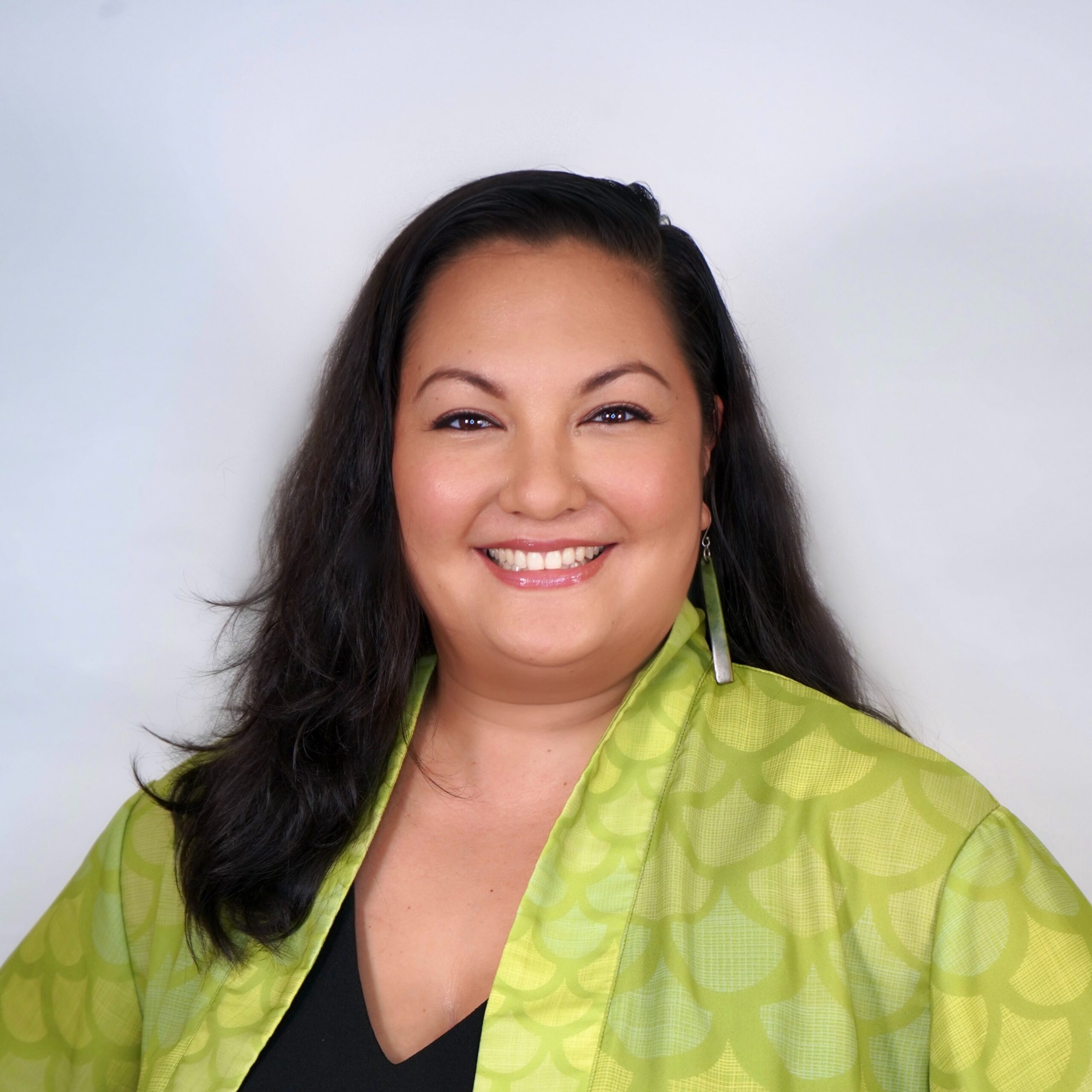
Nāpua Casson-Fisher
she/her/ʻo ia
Director, Community Initiatives
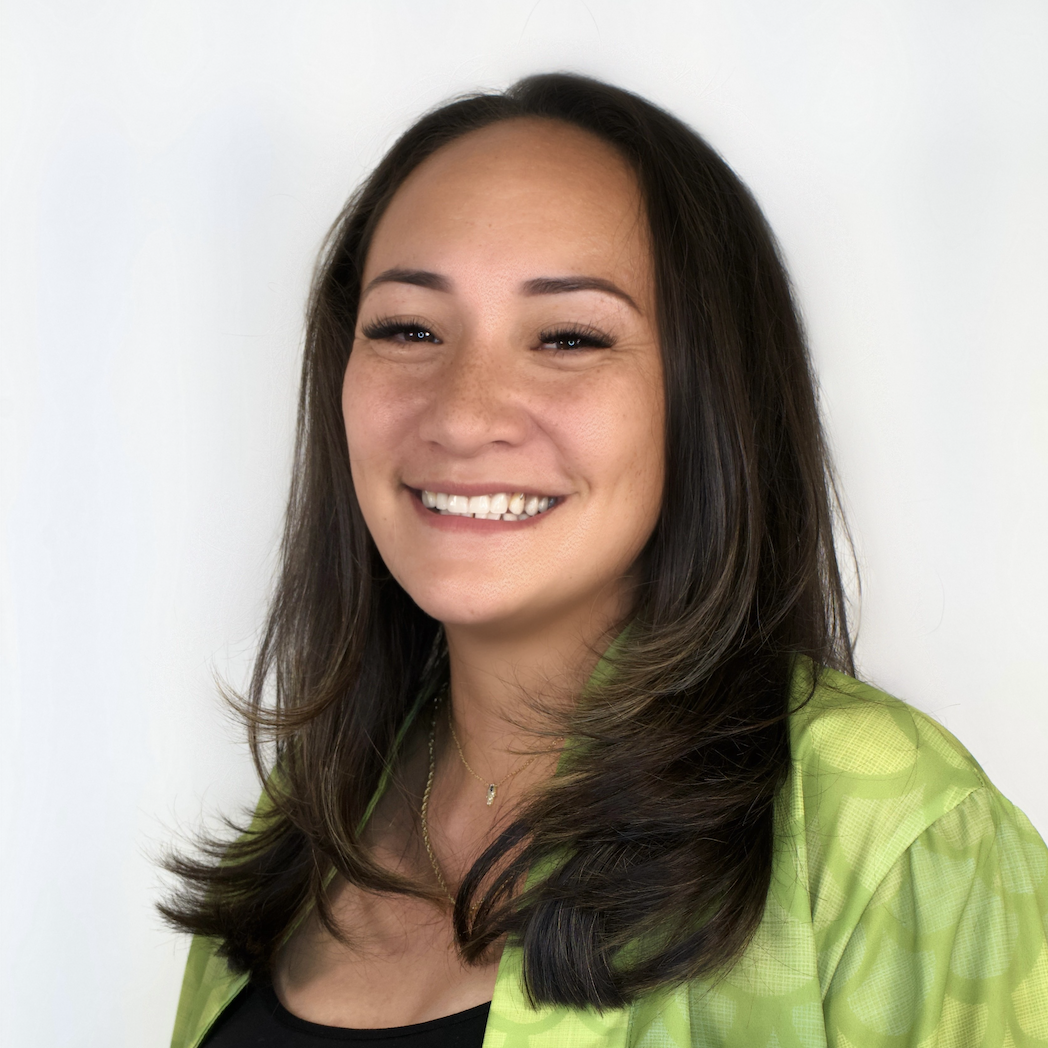
Camille McComas
Program Specialist - Substance Use & Mental Health
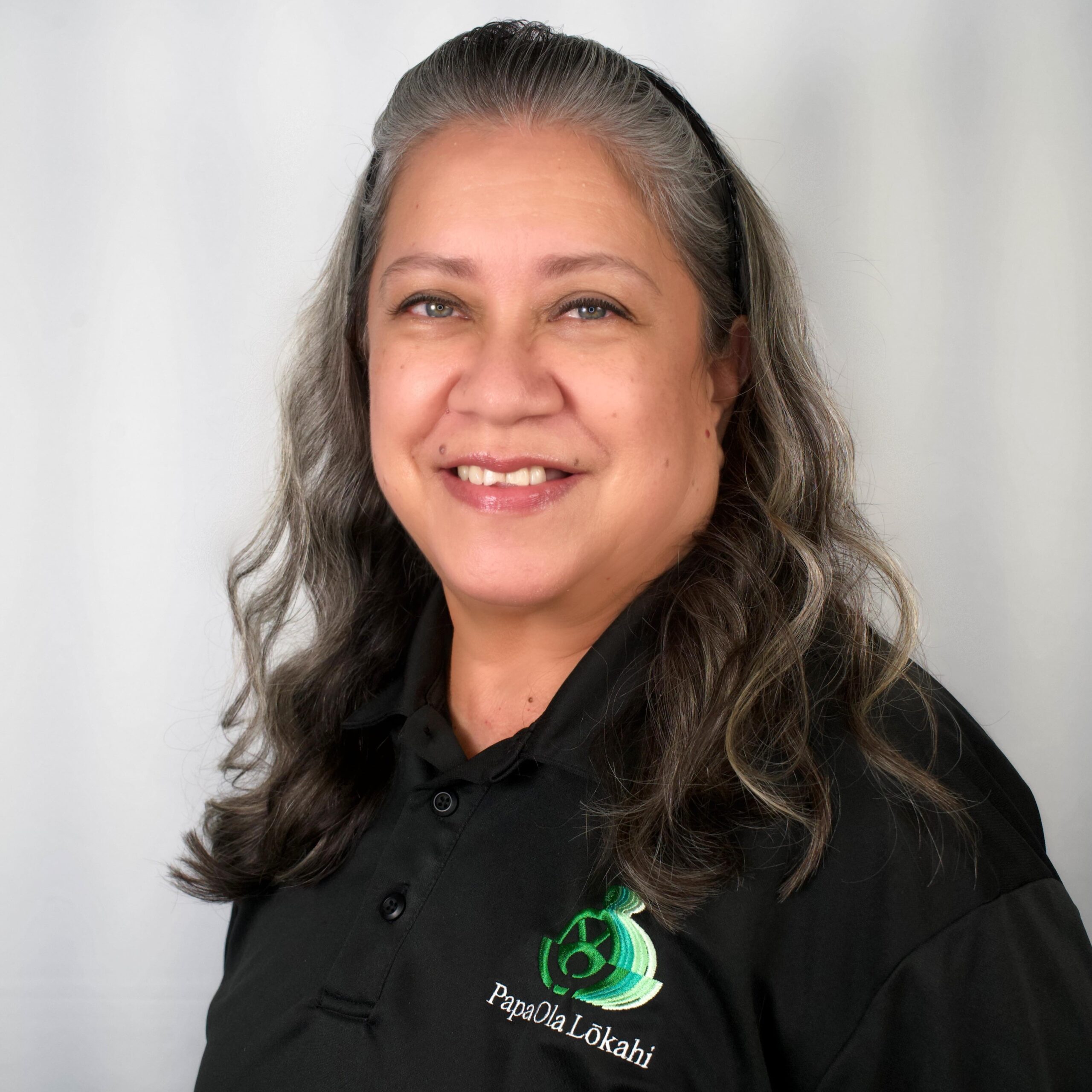
Cathy Ferreira
she/her/ʻo ia
Administrative Support
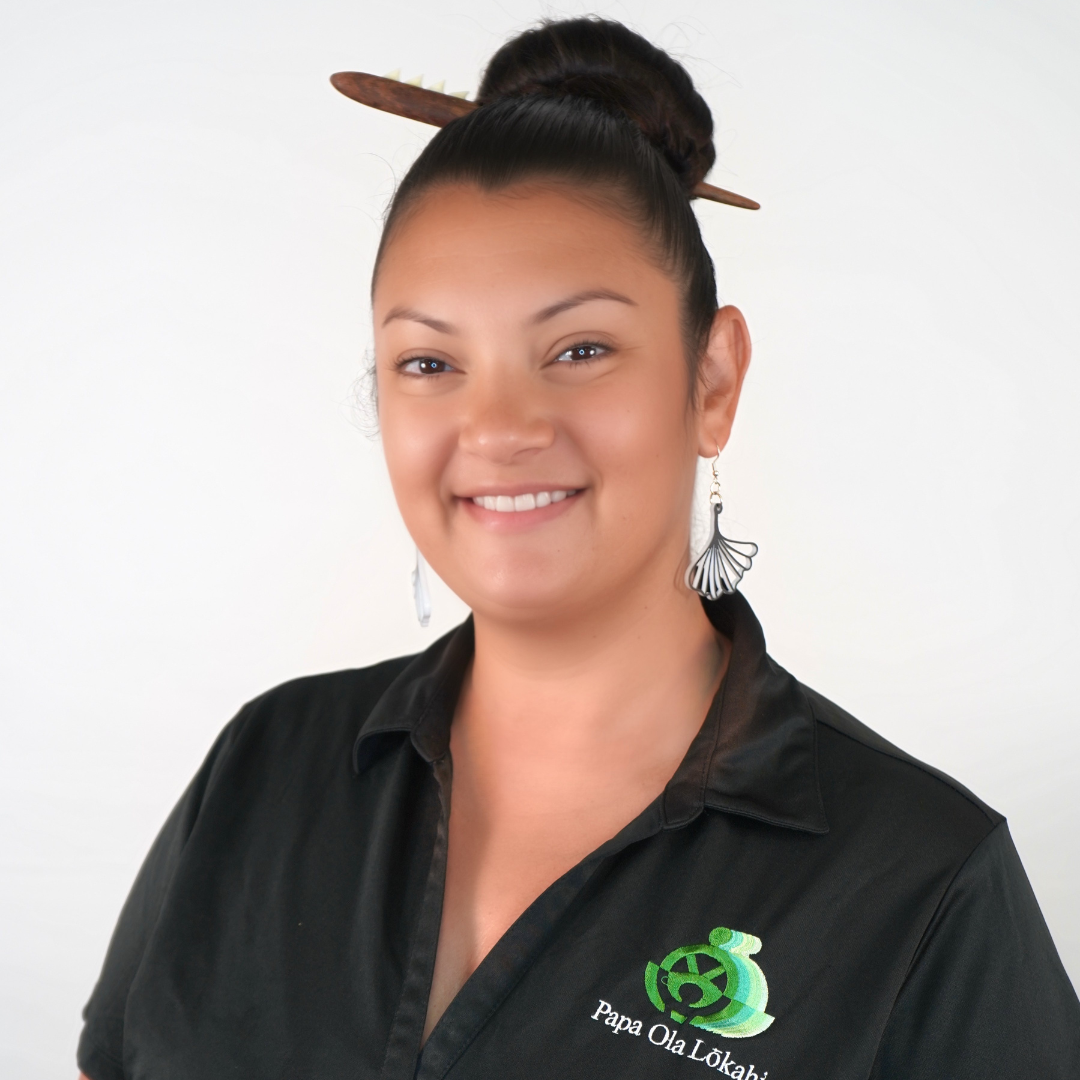
Lilinoe Kauahikaua
she/her/ʻo ia
Education & Training Manager
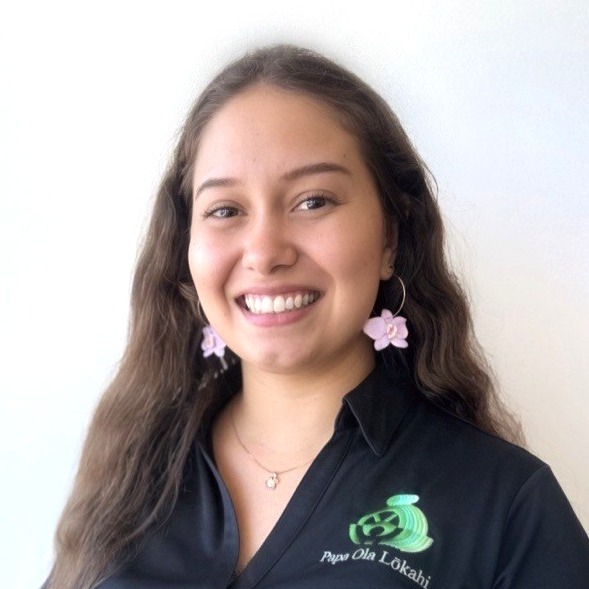
Kawehi Moderow
Population Health Specialist - Chronic Conditions, Maternal & Child Health, Sexual & Reproductive Health
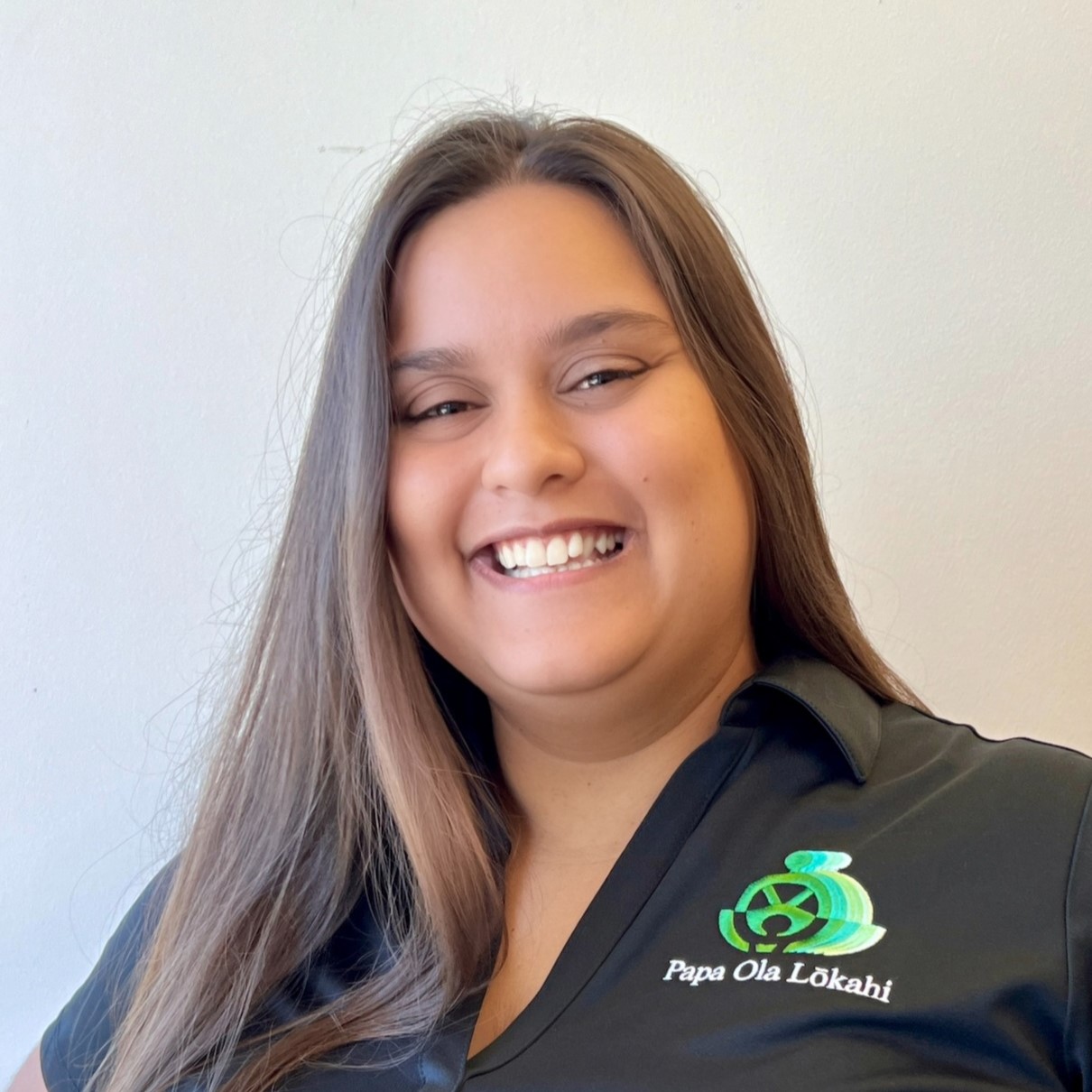
Kuaiwi Laka Kahiwakapu Pili I Haupapanui Makua
Population Health Specialist - Environmental Health, Nutrition & Oral Health
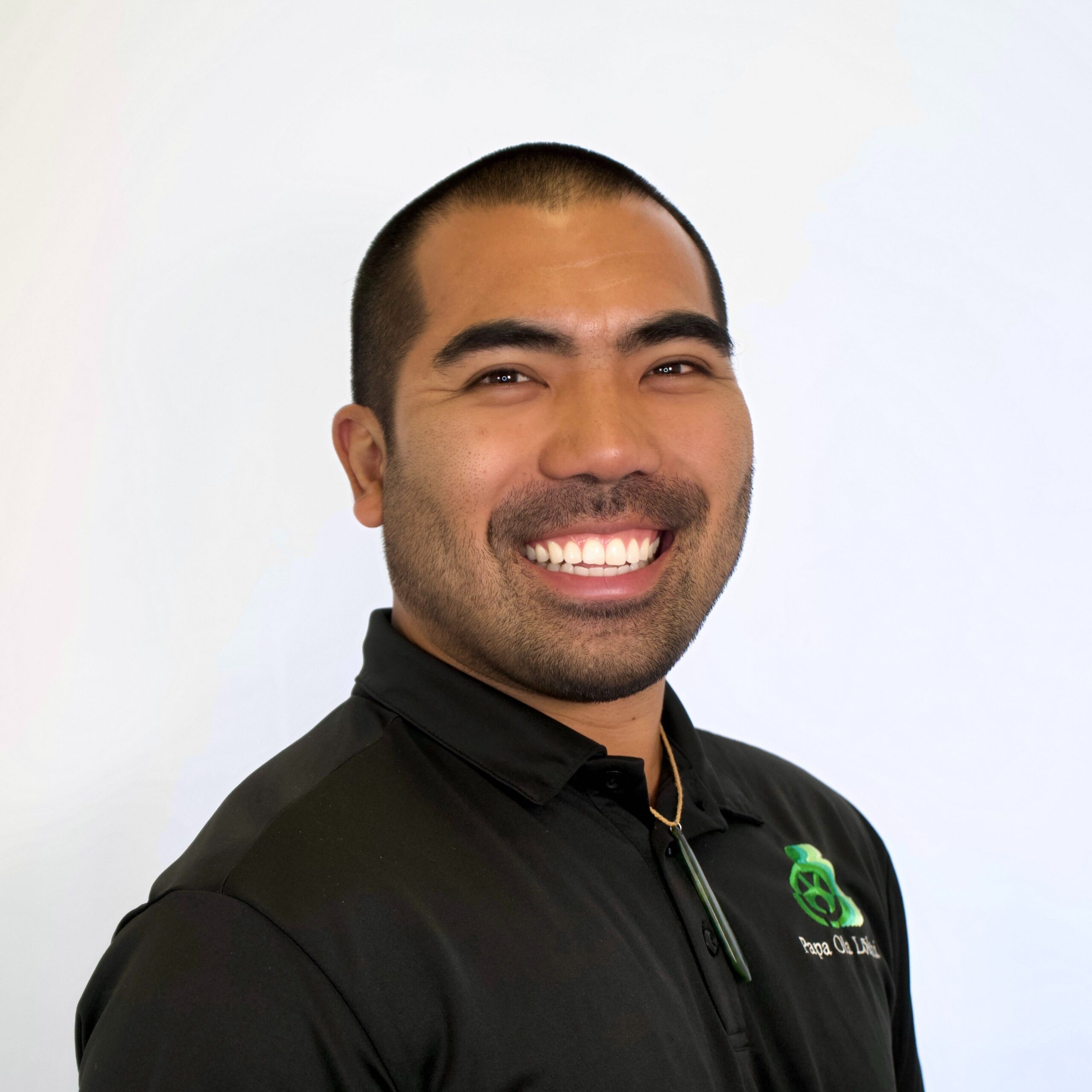
Ikaika Regidor
ʻoia/they/he
Program Manager, Community Initiatives
Contact
Lilinoe Kauahikaua
manao@papaolalokahi.org
(808) 597-6550
